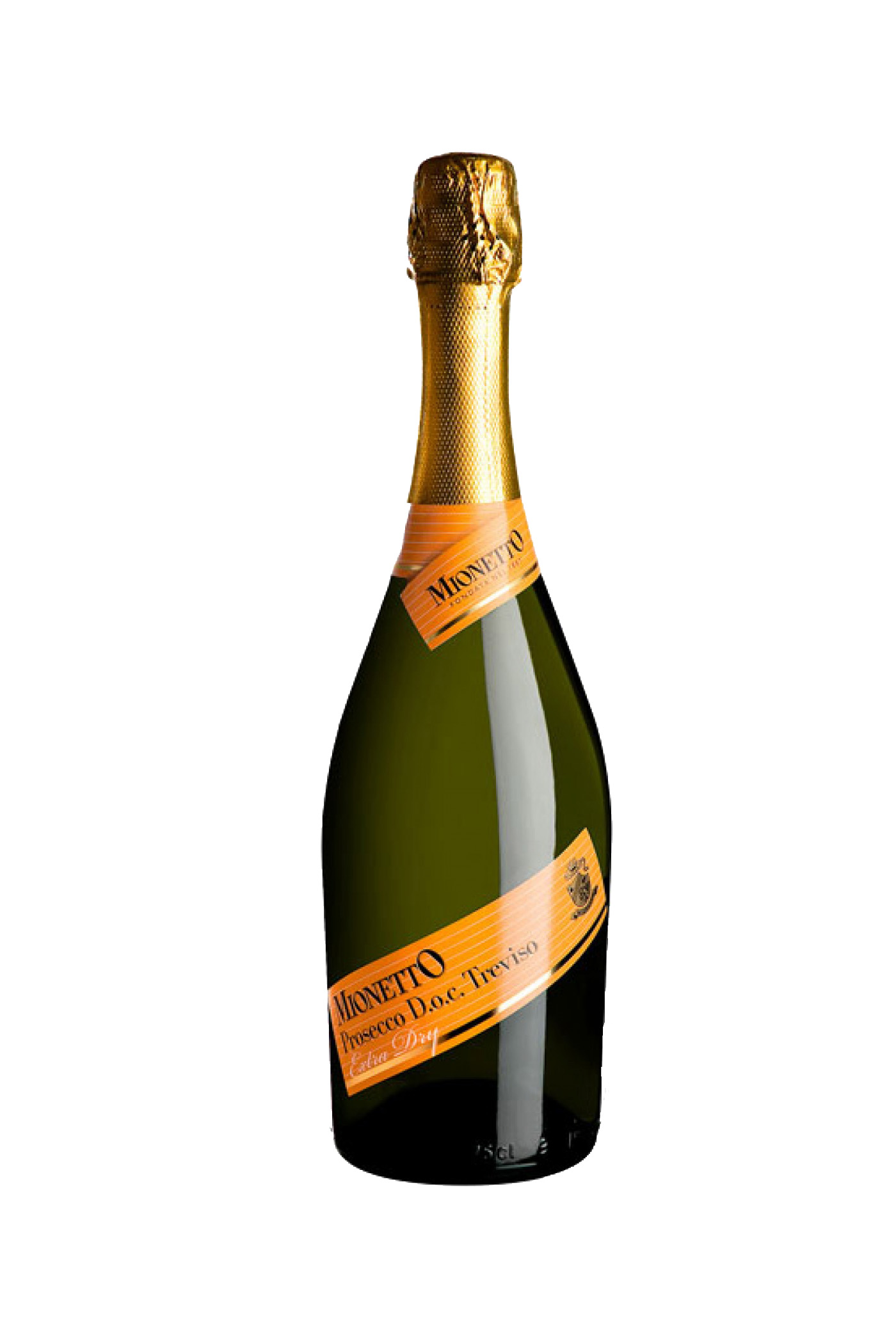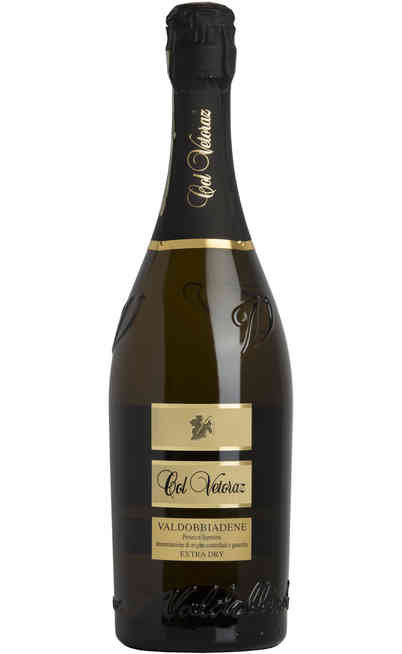
Champagne can only come from Champagne, France, and Prosecco can only come from Italy. You may also be wondering if Prosecco is a sparkling wine, how is it different from Champagne? The main difference is how and where they are produced, and the types of grapes that are used. This is referred to as the Charmat or tank method. To achieve its fun bubbliness, Prosecco undergoes a second fermentation where yeast is added in large tanks. Both of these classifications set strict standards for the production and origin of Prosecco, and it is not considered authentic Prosecco without meeting these standards. DOC stands for denominazione de origine controllata (controlled destination of origin) and DOCG stands for denominazaione de origine controllata e garantita (controlled and guaranteed destination of origin). Wait, rules? Well, yes, there are rules to making Prosecco, which are described by two different classifications in Italy DOC and DOCG. Rules do allow for up to 15% of Prosecco wines to be made with other permitted varieties of grapes. Prosecco is predominantly a single varietal and is made with a grape of the same name, although it is sometimes referred to as the Glera grape. What can we say, we love our bubbly! Typical Grape Varietals and Processing Tradition
Prosecco plus#
Now, the United States purchases 98 million plus bottles of Prosecco per year.

It was introduced to the American market in 2000, and experienced a steep increase in sales around 2008. The first known mention of Prosecco was documented by Englishman Fynes Moryson, who was visiting the north of Italy in 1593, and used the spelling ‘Prosecho.’ The spelling that we are familiar with today was written in 1754 by Aureliano Acanti in his book Il Roccolo Ditirambo.įor centuries, Prosecco was virtually unknown outside of Italy until the turn of the 21st century. Prosecco wine, whose origins hail from Northwest Italy, is named after the village Prosecco in the province of Trieste, Italy.
Prosecco how to#
We’ll also take a look at how it’s made, how to properly serve Prosecco, and what to look for when tasting this delightful sparkling wine. To get the most appreciation and enjoyment from this crowd-pleasing bubbly, we’re going to take you on a journey through the history and origins of the popular Prosecco. Assessing each on its fruity flavour profile, lively bubbles and overall drinkability, these are the bottles we’ll be stocking up on over the bank holiday weekend.Light and refreshing, fruity and fun, Prosecco is the sparkling wine that many reach for as a go-to companion to accompany a delicious brunch, appetizer, or sunny day with good company. Bottles were blinded to avoid brand bias and served chilled. Our panel of 10 WSET-trained experts and consumers tested 20 sparklers to find the best prosecco. Dry “brut” prosecco is better with canapes, antipasti, sushi and seafood. We’d suggest pairing the sweeter “off-dry” and “dry” styles with the likes of afternoon tea and fruity desserts. Prosecco food pairingsĪlthough prosecco is often enjoyed as an aperitif, it’s also extremely versatile when it comes to food. Like all sparkling wine, it’s best to drink the bottle soon after opening to enjoy the bubbles at their best. Prosecco is best served chilled (between 6-8C). But as our taste test reveals, there are some great value DOCG proseccos to be discovered, too. The latter classification is more stringent and therefore means higher quality, with a higher price tag to match. You’ll find the letters DOC (designation of controlled origin) and DOCG (designation of controlled origin guaranteed) on the bottle.

Off-dry, dry, extra dry, brut and extra brut are terms referring to the sweetness of the wine, with off-dry confusingly being the sweetest, through to extra brut which is the driest. Not sure what to look for when it comes to prosecco? Here’s a quick recap:

This year we’ve only included bottles that come in at under £15, so you can stock up without compromising on quality fizz this Easter. So, to help ensure you find great-value bubbles, the Good Housekeeping Institute put over 20 bottles through a rigorous taste test. Prosecco tends to be a touch sweeter, lighter and more affordable than champagne or English sparkling wine, making it an excellent party aperitif.


 0 kommentar(er)
0 kommentar(er)
